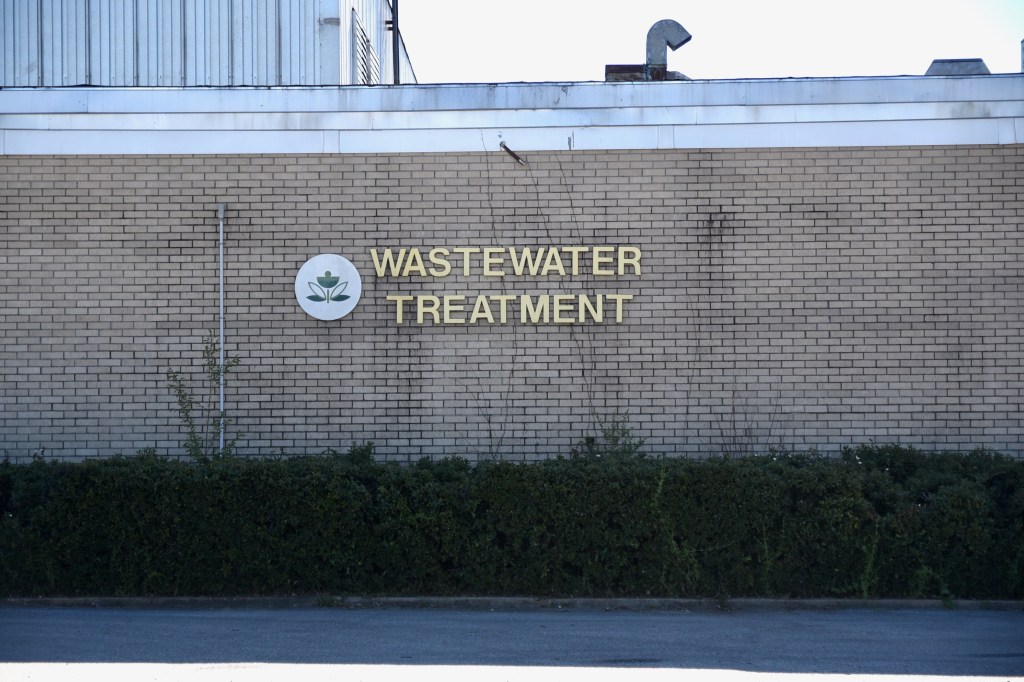Wastewater basin clean out puts city on good ground
Published 1:00 am Sunday, November 3, 2024
The city of Meridian is in a good position to handle excess water from heavy rains and storms after a cleanout of the equalization basins at its south wastewater treatment plant met with success.
In a work session Tuesday, Keith O’Keefe of Neal-Shaffer, an engineering firm contracted with the city to oversee projects at the wastewater plant, said cleaning out the basins is something that needs to be done every 10 to 15 years. Meridian’s basins, he said, were overdue.
“The last time the basins were cleaned out was in 1995,” he said. “That was 29 years ago.”
Equalization basins act as reservoirs, giving the city a place to store excess wastewater during storms and heavy rain events, O’Keefe explained. A good rain can result in the wastewater plant receiving more water than it can treat at one time, he said. That excess water is diverted into the equalization basins, where it is held until the plant can catch up.
The city’s plant has four equalization basins, with three being half an acre each and the fourth at six acres. All of the basins are 11 feet deep.
While wastewater is stored in the basins, material in the water sinks, forming a layer of sludge at the bottom, O’Keefe said. Over time, that layer of sludge builds up and reduces the amount of water the basin can hold.
In 2020, O’Keefe said, the city wrote a letter to the Environmental Protection Agency committing to a cleanout of equalization basin 4 as part of its efforts to comply with the consent decree.
The Meridian City Council, in September 2023, awarded a $3,150,000 contract to Synagro to remove up to 5,000 dry tons of sludge from equalization basins 2-4, and engineers came back to the council in August asking for an additional $808,200 to remove even more.
O’Keefe said the 5,000-ton limit had not made as big an impact as expected, and additional material needed to be removed. Additionally, he said, vacuum trucks cleaning sludge from city sewer lines have been emptying into equalization basin 1, which is not part of the overflow network, for the past 19 months.
“Over that 19 months, cell 1 basically filled up,” he said.
Calculating how much sludge is in an equalization basin is difficult, O’Keefe explained, as different materials can be deposited around the basin floor. Multiple samples are taken from different areas of the basin to help counter this, he said, but there’s no way to be exact. In this case, he said, Synagro encountered some heavy sand that sampling had missed, which contributed to reaching the 5,000 dry ton weight faster than expected.
After close to $4 million in sludge removal, O’Keefe said the city’s equalization basins are back in shape. There is still some sludge left, he said, but the basins shouldn’t need to be cleaned out again for another 10-15 years. Currently, he said his team does not recommend removing any more and instead focusing energy and funding on the mechanical needs of the south wastewater plant.
One exception that may need earlier attention is equalization basin 1. With vacuum trucks continuing to deposit collected sludge in the basin, O’Keefe said the city may need to look at cleaning it every two to three years.






